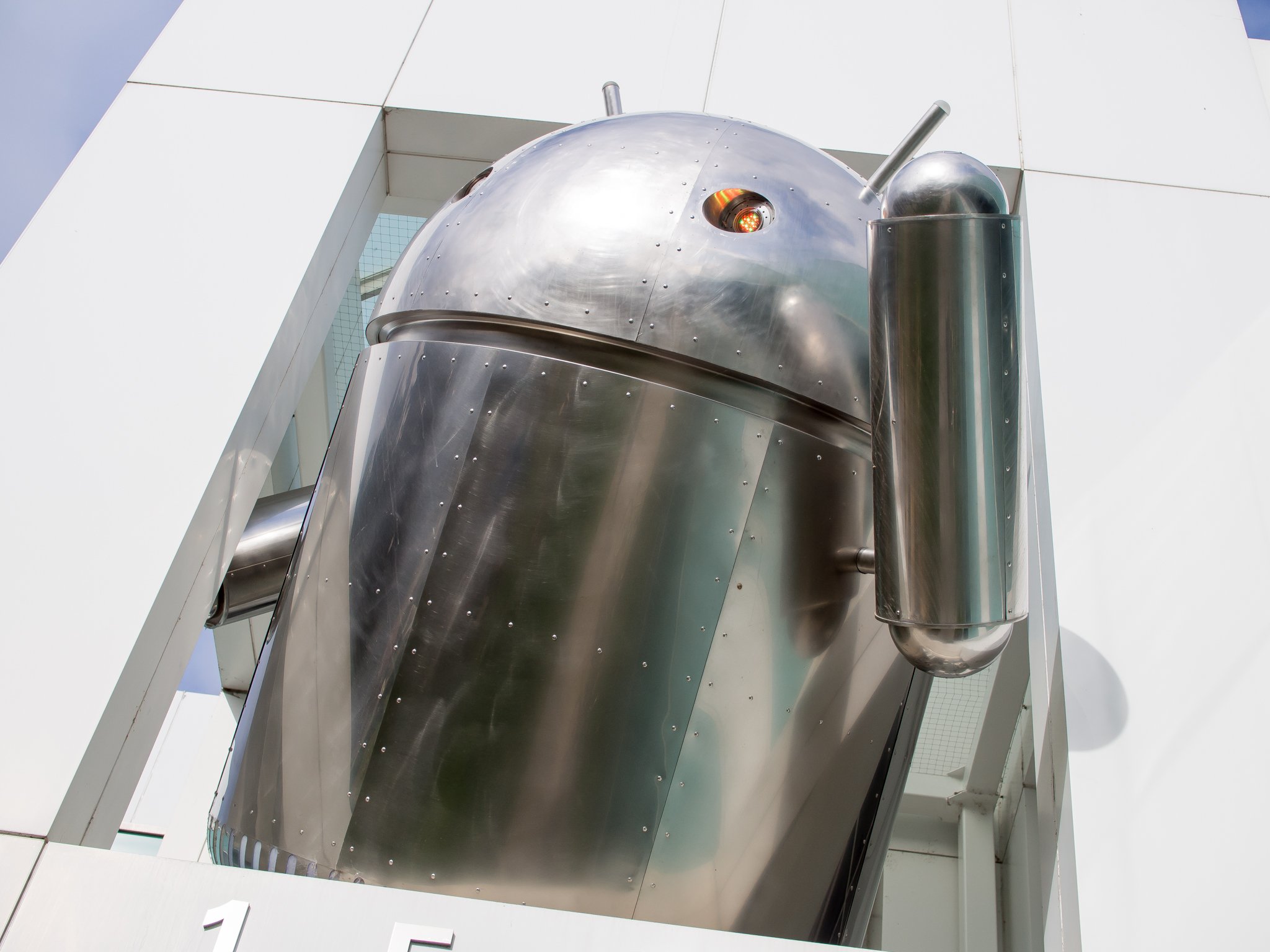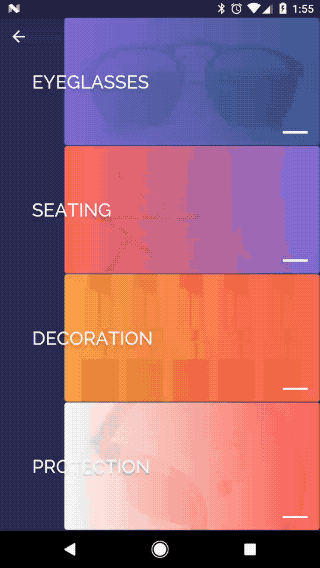Google's 'Andromeda' looks to be hiding in plain sight

Update May 8, 2017: The Hotfix blog has a look at the UI in its current state and Google shows us what Flutter apps will look like.
If you were to take the time to build the Flutter-based interface that's available for Fuchsia right now, you'd have a pretty good look at the way things are drawn and animated. The Hotfix blog has done just that and their video is a good look at where things are today. While it's not very functional, it's still really cool to watch something new as it develops.

If you want to go a step further Google has you covered. New in Google Play, the Flutter Gallery app is a demo of how applications can look and act when written in Flutter, which is how "native" Fuchsia apps are written right now.
Flutter is a mobile app SDK that can be used to build the user interface for both Android and iOS apps. It's still a tech preview so you probably won't find developers releasing apps that use it but plenty of them are interested! Flutter should make it fairly easy to create apps that look fabulous for mobile, and most of all are consistent between platforms. Google will have more to say about Flutter at Google I/O and we'll be paying attention.
No matter what happens with Andromeda and Fuchsia, Flutter is something to keep an eye on.
As for any Fuchsia or Andromeda tie-in, we won't see any consumer product using any of this for a while so all of this is apt to change. Or it may just go away completely. But if you're curious about what might be or how things may change, you'll get a pretty good idea.
The original post continues below.
Be an expert in 5 minutes
Get the latest news from Android Central, your trusted companion in the world of Android
Set your way back machines to August 2016, and one of the things you might see is talking about a mystery operating system from Google named Fuchsia. We took a look at it when people started noticing it was being worked on and got some really cool clues about what might be going on.
More: 'Fuchsia' operating system project is interesting, lacking details that make it matter
Work on the project hasn't slowed and now semiconductor analyst Daniel Matte's blog Tech Specs has a new take on a more mature Fuchsia, and why it's where Andromeda is going to start.
Matte has taken a second deep look into how Fuchsia is going to be built and what it might be able to do. The very basics are in place — a new LK-based microkernel dubbed Magenta will power an operating system designed from the ground up to be modular and adaptable to most any modern hardware. Combine Magenta with a new rendering engine (escher) and a user interface layer based on the Dart programming language with an all-new widget and application framework named Flutter to bring it all front and center and you have what Fuchsia needs to become an actual living piece of software.
I think for all Fuchsia devices, the Android API and runtime will continue to function as before, except now the underlying OS will be Fuchsia, and the kernel will be Magenta, not Linux.
Matte says this is going to be Andromeda. And he has plenty of evidence to support his idea. Fuchsia isn't hidden. All the work on the kernel, the framework, and associated bits and pieces is being done in the open where anyone with an interest can have a look. It's been this way from the beginning, and as it evolves it becomes a bit easier to guess what Google is trying to do here.
After some communication with people at Google Matte has more insight about what we're seeing here as well as what's to come. Andromeda sounds like the interface and application layer for large-screen devices like tablets and laptops. Running atop Fuchsia and leveraging scalable floating windows, Andromeda could look very much like Chrome and be optimized for mouse and keyboard use as well as touch. In other words, very much like the Chrome OS we have today but using the newer more modular Fuchsia as a base.
Fuchsia and the Magenta kernel can also power the Android runtime and application framework, and Matte suggests that this will happen. Eventually, the Android runtimes will be phased out in favor of newer, but compatible, software like Mojo. This would be of little consequence for the end user but offer developers and hardware manufacturers more ways to build the things we want to use.
More: How Google can use Andromeda to conquer everything
Based on the code that's been checked into the project so far, Matte suggests we're seeing a ground-up operating system designed to run on ARM, MIPS, and Intel x86 processors. It's not a merging of Chrome and Android, but a new system that can power Google's existing products — Chrome and Android — while furthering a new application platform to be ready for the evolution of hardware.
I agree with his assessment. What I see tells me that this all-in-one OS will attempt to fix the pitfalls of shoehorning a PC system onto smartphone hardware or doing the opposite and using an Android style platform with more capable PC hardware. All-in-one systems will happen and are going to be the future, and Google is trying to find ways their existing products can fit into it. But Google can't abandon two wildly successful products and instead has to start at the bottom so change can come while support for the software we use can continue.
Maybe everyone looking at Fuchsia and Andromeda is wrong. That's certainly a possibility. But Google is working on something that's going to be big. Whether or not it will also be successful is the question. We can't wait to find out.

Jerry is an amateur woodworker and struggling shade tree mechanic. There's nothing he can't take apart, but many things he can't reassemble. You'll find him writing and speaking his loud opinion on Android Central and occasionally on Threads.
